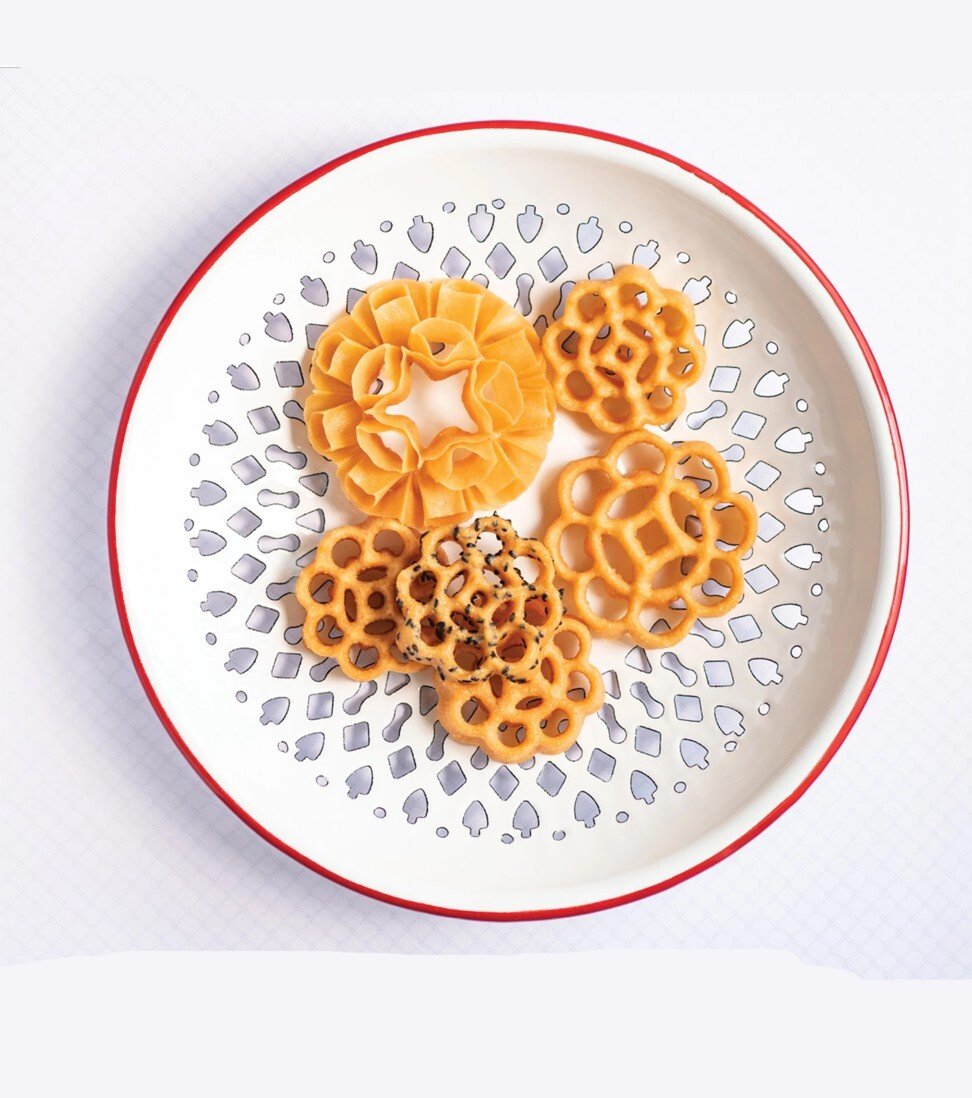
The Way of Kueh: Christopher Tan hopes to preserve Singapore’s culinary heritage
- Communities have long come together to make and eat kueh, but the art is being lost as society changes
- In his book, Christopher Tan includes recipes for sweet and savoury kueh

Anyone who has spent time in Singapore (or Malaysia) and eaten the array of enticing sweets known collectively as kueh will be excited about The Way of Kueh – Savouring & Saving Singapore’s Heritage Desserts (2019). Singaporean food writer and cooking instructor Christopher Tan explains that “kueh” means “cake”, but not as it is known in the West, where it is usually made from wheat flour, butter and eggs and baked.
In Southeast Asia, kueh can be sweet or savoury (sometimes both), and made from a huge variety of ingredients; they can be steamed, baked, fried or cooked over a stove or grill (preferably charcoal), and eaten hot, warm, at room temperature or chilled.
In the introduction, Tan says he wrote the book to preserve culinary traditions that are in danger of being lost. “In decades past, Singaporean families came together to make kueh on a regular basis. More than just cooking, those times were chances for relatives to catch up, affirm bonds and enjoy the delicious results of their co-labouring: no seasoning is sweeter (or healthier for you) than community.
“However, as nuclear and extended families shrink, or disperse between far-flung households, communal kueh-making is becoming even rarer. People are choosing to buy kueh instead, delighting more in purchased variety than home-made quality […]

“Can businesses with bottom lines and sales targets truly replicate the personality and soul of kuehs made with grandma magic and auntie power? I have my doubts […] Ready-made kuehs, even decent ones, were once understood by all as necessarily simplified versions of home-made kuehs, a trade-off of convenience for fidelity.
“Now, though, as we lose the finer points of making and appreciating kueh at home along with the last generation who knew and practised them, commercial kuehs automatically get bumped up to the perceived apex standard by consumers who simply, literally, do not know any better.”
The recipes in the book are interspersed with profiles of traditional kueh makers, pictures of ingredients, beautiful antique moulds and, of course, the kueh themselves.
Recipes include koo chai kueh (stuffed with dried shrimp and Chinese chives and steamed); ngeh ban (with dried shrimp, daikon and mushrooms, wrapped in mugwort-flavoured dough and steamed); kueh kodok (mashed banana fritters); kueh rose (delicate pastries made in special moulds); jian dui (fried sesame balls with sweet potato dough and red bean paste filling); abuk-abuk sagu (sago, pandan and coconut wrapped in banana leaf); kueh bahulu (a baked cake made from fried flour, potato starch and eggs, preferably duck’s eggs); kueh lapis kukus (steamed layer cake made from batter flavoured with coconut milk, pandan leaf and red yeast rice); xi ban (steamed bread with red yeast rice powder); and kueh bengka ubi kayu (fresh tapioca, coconut milk, butter and egg yolks, wrapped in banana leaf then baked).
